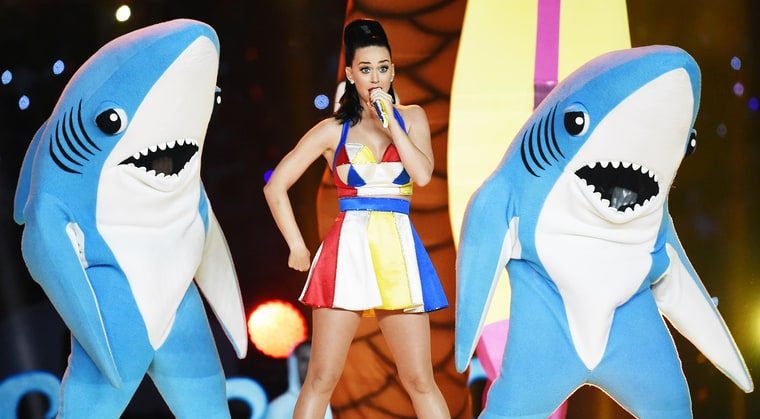
‘Loopin’ Louie’ board game review
By Ed Appleby, Illustrator
Kids’ games have a reputation for being pretty inane. They’re either commercial tie-ins that have little in the way of gameplay value, or heavily gimmicked abominations of plastic and parts that just ask to be lost. It’s rare that a kid’s game can come along that, although simple, can be extremely fun.
Loopin’ Louie (1992) is a battery-powered kids’ game designed by Masaru Aoki and Carol Wiseley and published by Milton Bradley (now Hasbro). In the game, four players sit in cardinal directions from each other as a motorized biplane on an arm leisurely spins around the board. Each player has a barn with three chickens that they are trying to protect from the plane. The players also have a little lever that they can push as the plane comes by in order to knock it into the air. The goal of the game is to protect your chickens while eliminating the other players. The last player with chickens wins.
The gameplay is simple, such that you could explain the game to a four-year-old and they would be able to play right away. However, this doesn’t make the game any less fun. The gameplay goes similar to a game of Hungry Hungry Hippos (1966), but without the random marbles and frenetic movements. Loopin’ Louie is more measured and strategic, with players varying the timing and pressure of their switches not only to save their own chickens, but to take out the other players’.
The simple mechanics and fun gameplay has made Loopin’ Louie ripe for rerelease, as well as rebranding with several different licenced properties—as Hasbro tends to do. Some notable releases are Bobbin’ Bumblebee (2005), Barn Buzzin’ Goofy (1999), and Loopin’ Chewie (2015).
Loopin’ Louie is a lot of fun and I would recommend it to anyone looking for a very simple game, whether for a child or just as an interesting piece to pull out when friends are over. Definitely not for the more serious gamer, although there has been a boost in its popularity recently among gaming groups, and it is currently ranked as the number three kids’ game on Boardgamegeek.com.

